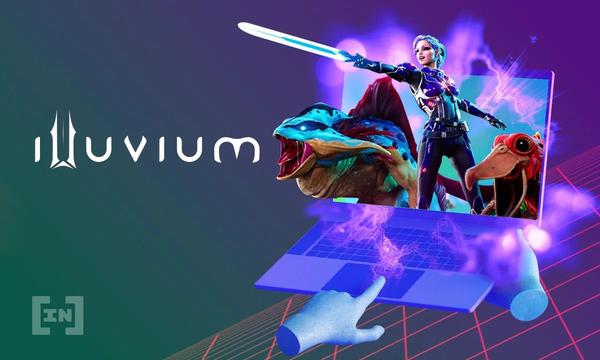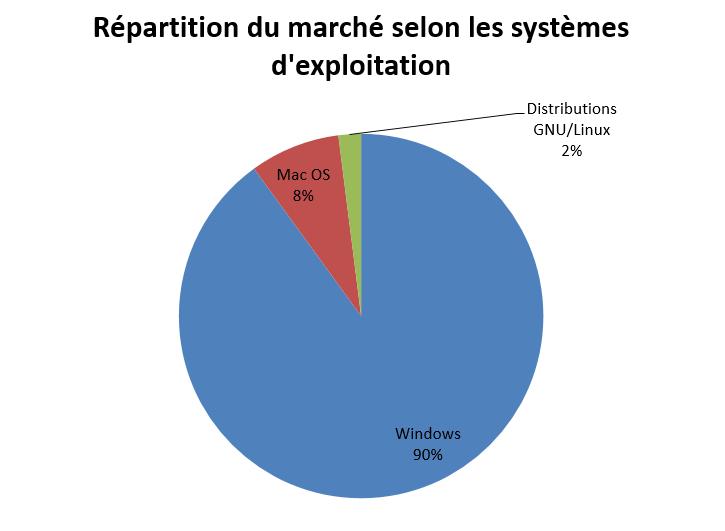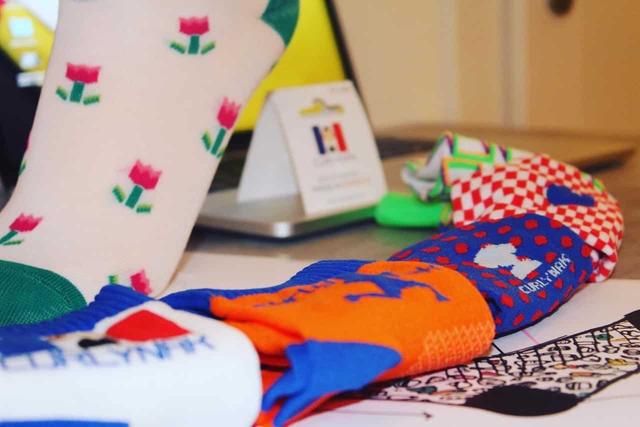How I Use NFTs, Metaverse, and Crypto for My Small Business
When I first became an entrepreneur in 2014, I realized that to grow and grow my business, I needed to keep up with emerging trends and technologies. Since I don't have a company offering professional development workshops or consultants, I set aside a few thousand dollars a year in my own corporate budget for conferences, workshops and coaching.
Last year, after attending a few online workshops and conferences and vigorously listening to my favorite business podcasts, I realized that there were several major trends that I wanted to implement in my 2022 strategy to stay current and have a leverage effect on my competitors.
After a lot of research and planning, I decided this year to integrate NFTs, cryptocurrency and the metaverse into my business structure. Here's how.
Using NFTs as Member Access
In the middle of last year, I started getting interested in NFTs (non-fungible tokens). While many people in my life were buying NFTs that were just digital art, a few entrepreneurs I heard about on a podcast talked about how they use NFTs for business.

For example, entrepreneur Gary Vaynerchuk has a collection of NFTs that grants holders access to VeeFriends, a private club with exclusive perks. The Official clothing company has an NFT Marketplace that gives people exclusive access to physical products.
For my company, I'm working on creating a collection of NFTs that allows people to access my course library. I will limit the number of NFTs in the collection, and customers who buy one can resell it whenever they want and transfer access to this course library to the new owner.
Accept cryptocurrency as a means of payment
I started noticing that more and more businesses, from Starbucks to Whole Foods, were starting to accept cryptocurrency as a form of payment in 2021.
About 114 million accounts hold bitcoins around the world. With more and more people putting their money into digital coins, I felt it was time to accept cryptocurrency as payment for some of my products and services.
Although I still plan to only accept cash for big ticket items over $1000, I will start accepting bitcoin as payment for low cost products and services using a platform like BitPay to facilitate the transaction.
Use metaverse technology for my customer experience
A major tech upgrade I want to give my business this year is metaverse technology and augmented reality.
Some companies use AR to create a unique customer experience. For example, Home Depot and Wayfair are using AR to help people see what furniture will look like in their homes, while Nike and Kohls are using AR to help people virtually try on products.
While I'm still exploring options for my business, I'm tempted to either use AR to create a video game that people can pay to play in the metaverse, or install AR for people to try out some of the wares being sold by my brand. Digital platforms are starting to make these features more accessible — for example, Shopify lets sellers use 3D models on product pages to show shoppers what a product looks like in augmented reality.
While I'm excited to implement these new updates in my business, I'm in no rush. I'm always developing creative ways to add cryptocurrency, NFTs, and metaverse technology into my growth plans.
For fellow entrepreneurs, I recommend learning as much as you can about the trends you want to add to your business and looking at what other brands are doing for ideas.







